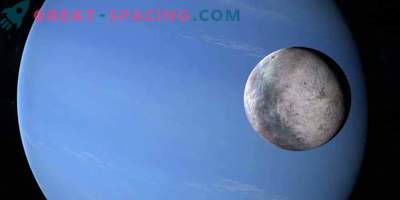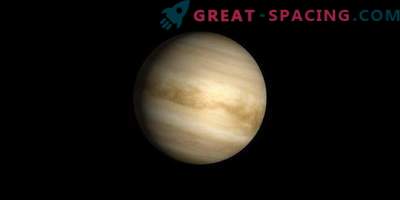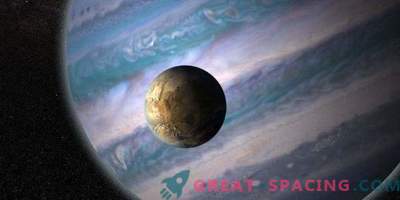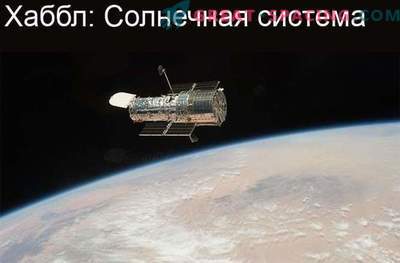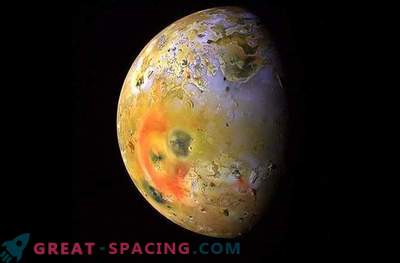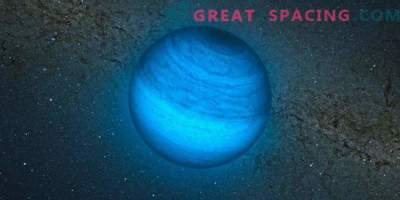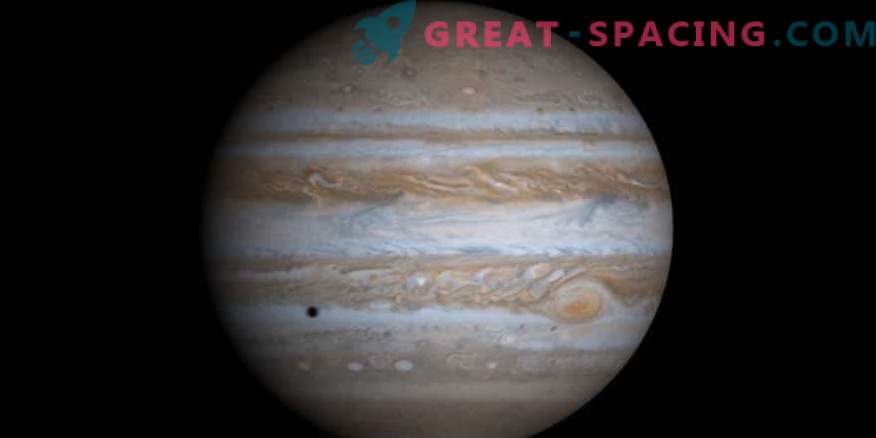
Jupiter, the largest planet in the solar system, is now able to boast of 79 satellites
Jupiter now has 79 satellites, among which one is the most strange and capable of explaining where such a huge number came from. The gas giant with a moon family resembles a miniature solar system. Moreover, the planet in its composition encompasses the same key components as the sun (hydrogen and helium). Recently, the International Astronomical Union confirmed the discovery of 10 new moons, bringing the total to 79! However, among the finds there is a rather strange object, which serves as the key to unlocking such a lunar abundance.
Where were the satellites hiding?
How did 10 satellites manage to hide during such a huge time period of close study? In short, they are relatively tiny (only a few miles or less). Even powerful telescopes would find it difficult to find small and dim bodies next to a massive and “bright” Jupiter.
New satellites discovered using a 520-megapixel camera, attached to a giant telescope named Victor Blanco (Chile). The camera has not only dense resolution, but also a special calibration to search for weak objects. It is important to recall the powerful gravity of Jupiter, which is capable of keeping bodies at a distance of 18.6 million miles. So there is a huge space for research around the planet.
How to detect the satellites of Jupiter
In fact, scientists did not search for new satellites, but tried to identify remote and hard-to-reach objects beyond Pluto. When the telescope scans the sky, it fixes objects at all distances. He notices stars in millions of light years, Kuiper belt objects at the edge of the system, or approximate space bodies. All these objects are able to fit in one picture.
The motion of cosmic bodies for a certain time interval indicates their location. Slow ones are located further, and if something moves with the speed of Jupiter, then it is approximately next to it. For the first time, satellites noticed in 2017, but they had to spend another year confirming the shape and orbits (to prove that these are not asteroids or comets).
In the pictures you can see that you actually caught the telescope. Most of the white dots are stars. But orange marked the moon, moving in frames. She caused a strong surprise, because she moved against the background of static stars.
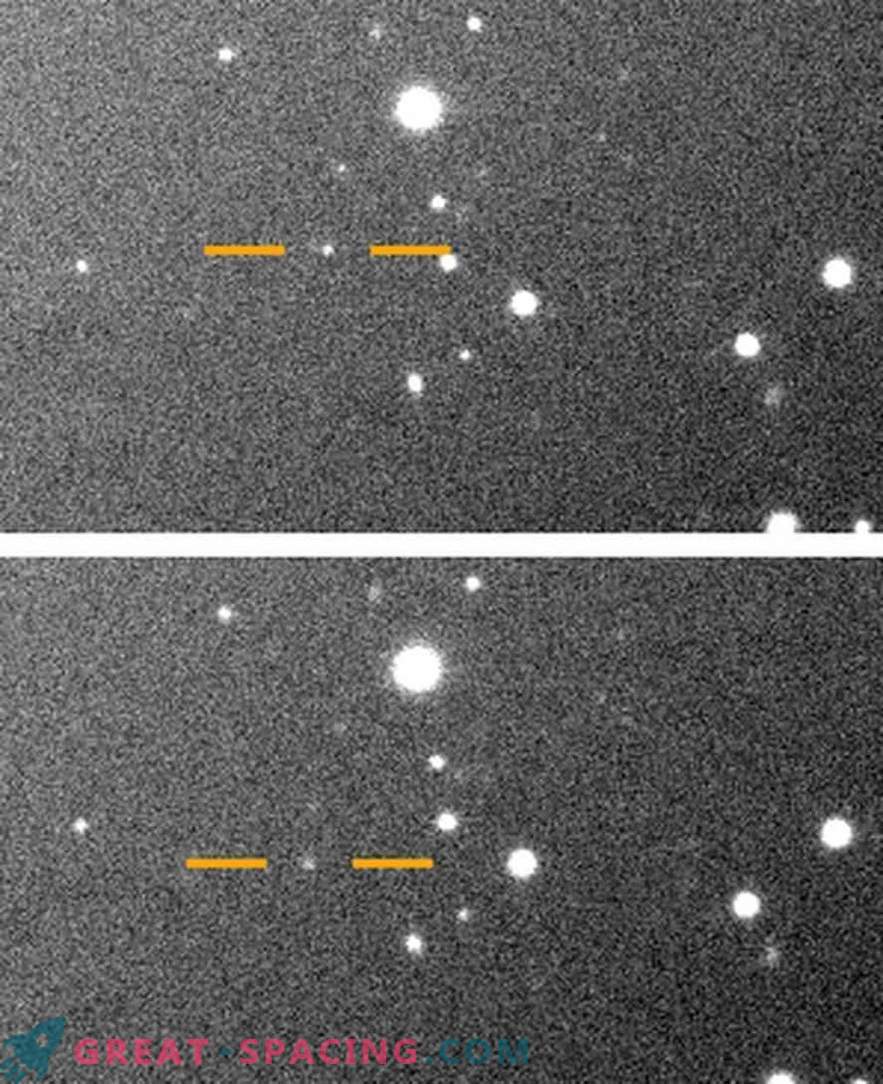
10 new satellites found near Jupiter! How did they manage to hide?
Humanity got acquainted with the satellites of Jupiter after Galileo noticed 4 of the largest representatives of the family - Callisto, Io, Europe and Ganymede (1610). In reality, there is nothing surprising in the fact that people continue to find new moons, because our technologies become more powerful every year. Two satellites were found last year and there are suspicions that they will manage to find more.
Now only one find has received a name. Get acquainted with Valetudo, the remaining 9 are still nameless. Valetudo is the Roman goddess of health and hygiene. This is the great-granddaughter of Jupiter, and the satellite was named after the Roman tradition, like the planet. Satellites close to Jupiter are prone to prograde rotation (repeat the direction of the planet). Those that are located further, move retrograde (in reverse). But with Valetudo, things are not so simple, because it rotates prograde in the retrograde region. Just imagine that you are on the highway and rush along the wrong lane. It turns out that the moon flies around the planet, risking to face their foreheads with other objects.
This is an important detail for understanding where Jupiter has so many moons. Most likely, in the retrograde region there were once more progradny satellites, but they were broken into pieces. Perhaps Valetudo collapsed in a collision, or earlier it was much larger.
There is still little information about the satellites (composition, type and exact size). In the orbit of the planet is a NASA Yunon spacecraft, which is not able to notice them. Scientists plan to engage in a detailed study of the moons, which will allow a better understanding of the formation mechanisms of the solar system. Jupiter, Saturn, Uranus and Neptune (outer worlds) appeared by absorbing smaller objects in orbit. Those that survived simply joined the new family. Such outer moons resemble the last remnants of planetesimals - the first objects of the solar system.

